It is 1970 and Sr. Deb Kiekover rebounds the ball and dribbles only three times before stopping at midcourt. She can’t take another step. Rules state that she can’t step past the midcourt line. When women’s basketball first started at West Ottawa, they played with six girls: two played defense, two played offense, and two were allowed to play full court. Kiekover was a defender.
These restrictive rules seem crazy to current basketball players, but “People didn’t think that women could handle running, so those were the rules,” Kiekover said. Though Kiekover was thrilled to be one of the first WO women’s basketball players, she yearned to play full court, but she didn’t get the chance in high school.
In 1970, Kiekover participated on the first women’s tennis and basketball teams at WO. Keikover got her first experience on a team her junior and senior years because there weren’t organized, competitive sports for women before.
At the same time, Peg Alofs Becker participated on the first track team.
Their experiences as a high school athletes differ dramatically from female athletes today.
Kiekover fondly remembers synchronized swimming. Around 40 girls participated, and every spring they put on huge shows in the pool. The team spent weeks intensely rehearsing and hundreds attended the final show.
“A guy from the swim team, which was top in the state at the time, told me our practices were harder than his,” Kiekover said. Women participated on the synchronized swimming team because there wasn’t a competitive swim team for women, despite the women showing they could handle hard work.
Kiekover and other women faced obstacles while joining the new teams.
“Some parents weren’t sure about their kids playing,” Kiekover said. Not all parents agreed that their daughters should play sports, but Kiekover’s dad was also an athlete, so he understood her desire to play.
“There were a few of us who wanted to compete. We organized the first girl’s track team and competed against Holland High,” Becker said. Becker and other women took it upon themselves to form a track team when men’s coaches wouldn’t.
“We didn’t have big numbers,” Kiekover said. The first women’s teams at WO only had a few players. Twelves girls from all grade levels participated on the basketball team in 1970, which was enough to form one team.
The team wasn’t given money while Kiekover played. “I had to grab a t-shirt from home and we put our numbers on the back with masking tape.” Women’s team sports weren’t funded, so they had to find other ways to get whatever they needed, including coaches.
The track team wasn’t able to find a fully committed coach. “One of the gym teachers showed us how to leave the block when the starting gun sounded,” Becker said. Girls had not run track before, so someone needed to teach them the basics, but the team was mainly on its own besides the teacher who helped with transportation to matches.
Kiekover and the basketball team luckily found a willing coach. “A few of the female teachers tried to get us going. The men’s coaches didn’t want much to do with us,” Kiekover said. A teacher’s husband volunteered to coach the girl’s team and eventually taught the girls five-person basketball.
Most schools didn’t have women’s teams so there wasn’t much competition. Becker participated in one meet against Holland High School her first year, and Kiekover only participated in two to four games per season; however, one year the girl’s basketball team travelled to Ottawa Hills in Grand Rapids.
“We were so excited we got to play Ottawa Hills. We were from a little Dutch town and we’re going to the city with big girls. We were a little scared of that,” Kiekover said. Playing at Ottawa Hills seems minor compared to how far teams travel now, but the women’s team rarely got to compete, especially in other towns.
Athlete Billie Jean King inspired Kiekover, and Kiekover still wears an autographed hat from her. “She fought for women’s equality in sports. She played a tennis match against a man and won,” Kiekover said.
Despite their hard work, Kiekover, Becker, and other women weren’t recognized as varsity athletes until college or later. Kiekover finally was recognized as a varsity athlete in 1971 while playing softball at Hope College.
College generated new issues for both women. While applying to Western Michigan University, Becker was told that women needed to have higher GPA’s than men because “boys were busier with sports so their GPA’s tended to be lower.” Kiekover and Becker were the only women in physics at WO, but weren’t given the same credit as men, and both women were questioned on whether they could keep up with men in college.
Kiekover had to pave her own way to earn a degree as an athletic trainer. Becker had to work harder, too.
Kiekover eventually became the 33rd woman in the US certified as an athletic trainer, but many thought she wasn’t qualified because of her gender.
Former West Ottawa coach Karl Von Ins offered Kiekover the job of West Ottawa’s first athletic trainer in 1985. Kiekover accepted the job after being told by another school, “I’m not going to hire you because you’re a woman.”
Former WO athlete, Eric Sweeney, remembers Kiekover fondly. “She used to wrap my ankles before every football game,” Sweeney said. Sweeney remembers talking to Kiekover daily about the latest football win. Students at WO adored Kiekover, but being an athletic trainer took hard work.
As the athletic trainer, Kiekover designed the current athletic training room. “They wanted me to make two separate rooms for boys and girls, but I said no. I wanted both genders to be able to access the room at once,” Kiekover said. Now both genders have equal access to the training room and receive help simultaneously. Kiekover’s early efforts had lasting effects on West Ottawa High School.
Kiekover still helps around West Ottawa as the women’s soccer athletic trainer and as a substitute teacher.
“I had to stand up for myself sometimes,” Kiekover said. Women can learn a lot from early trailblazers like Kiekover and Becker.

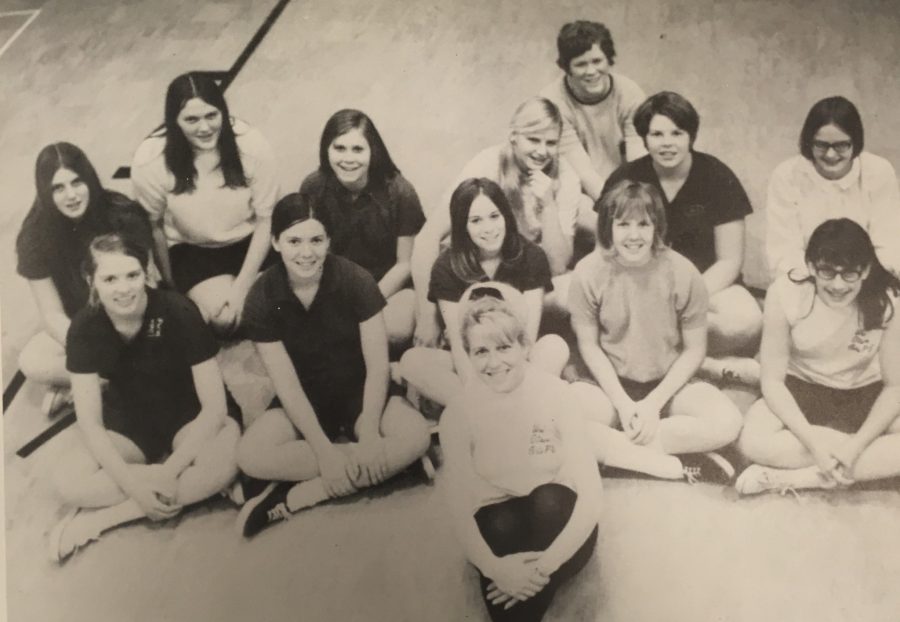
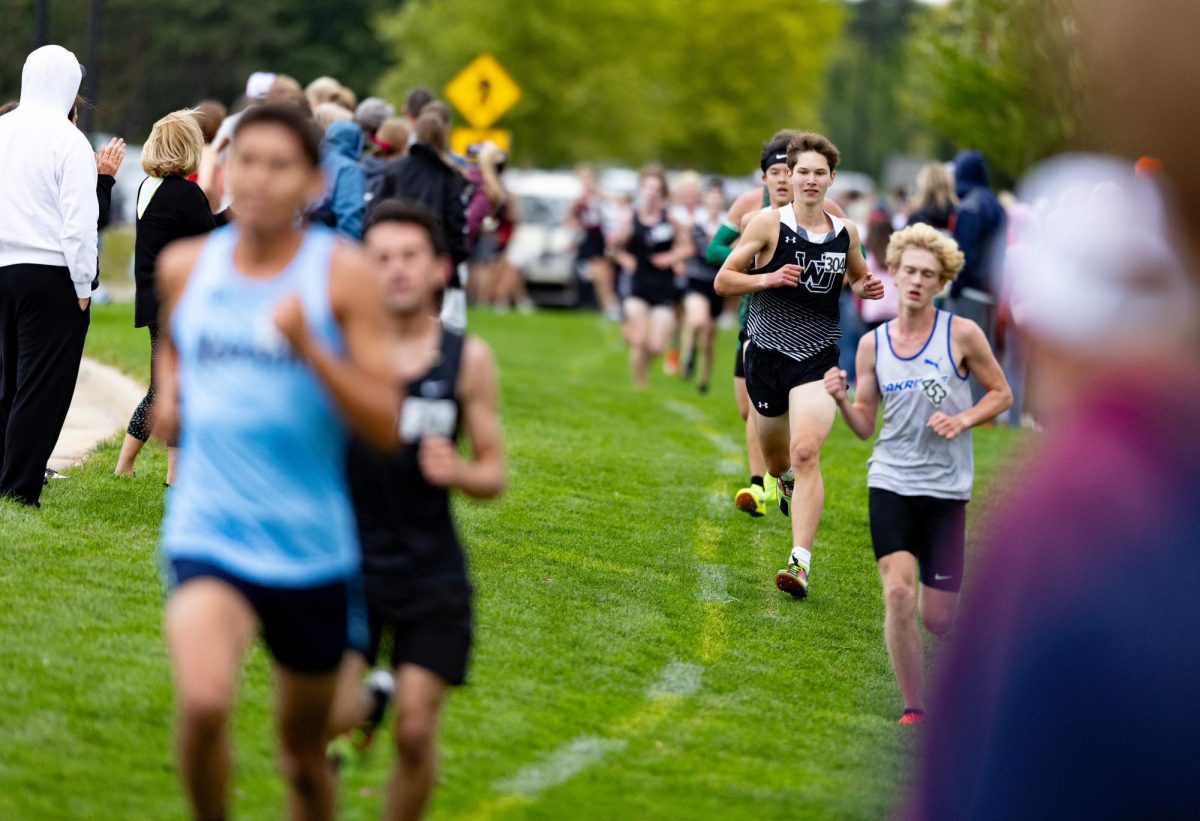
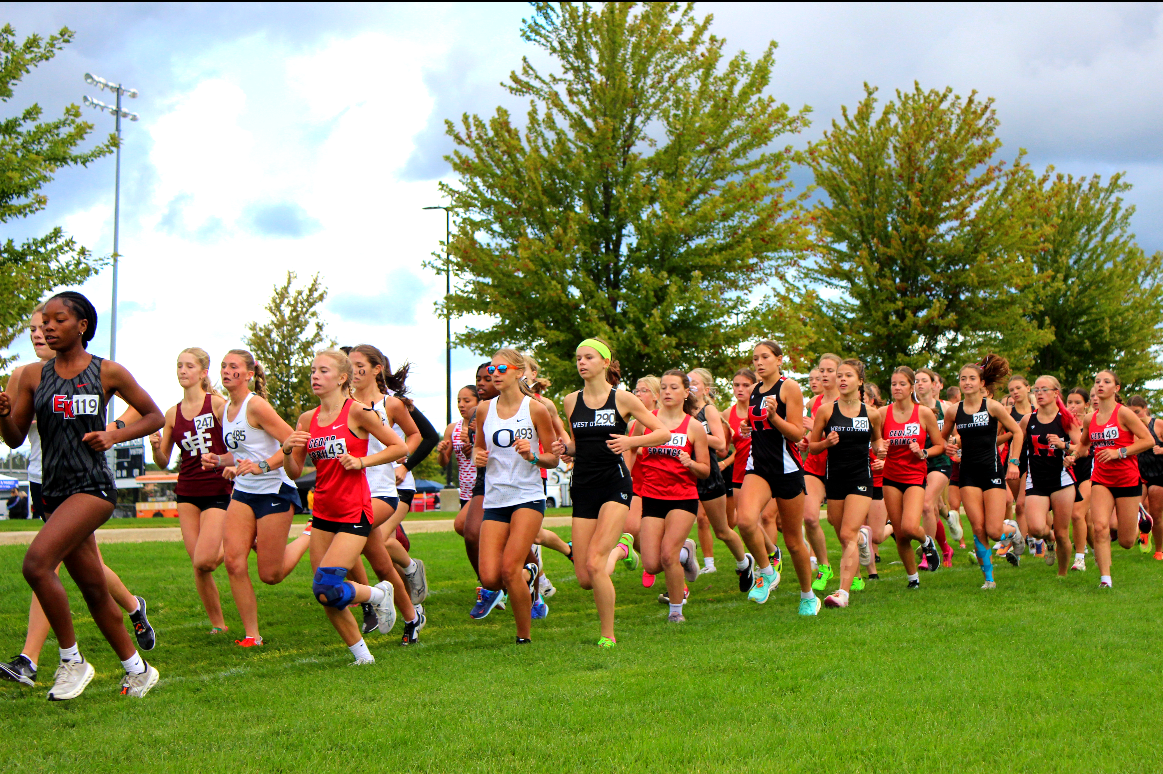

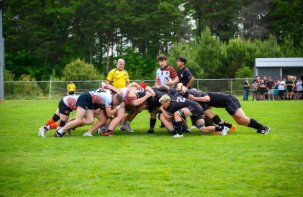

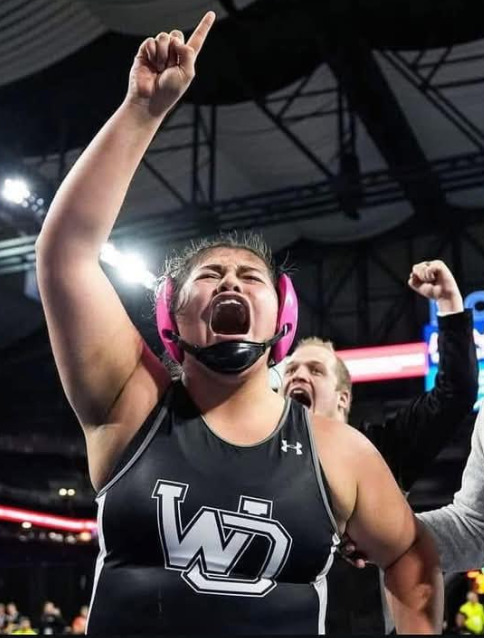
Peg Becker • Jun 21, 2023 at 2:56 pm
Thanks.
I had never seen this article.